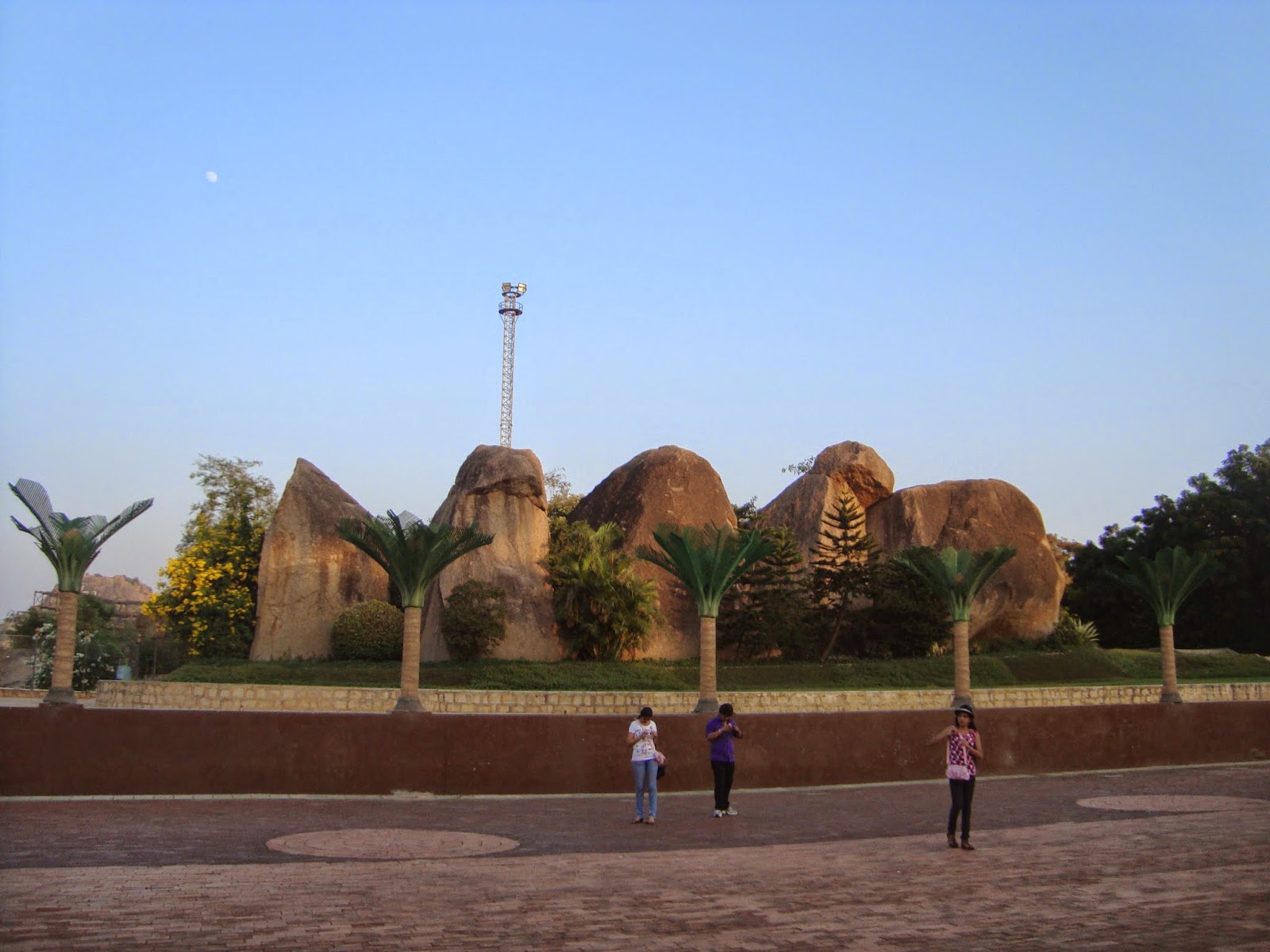Ratangad fort
Ratangad fort is situated in Ratanwadi village under Bhandardara taluka, Maharashtra, India. Its a 2000 year old fort ruled by great Maratha ruler Chhatrapati Shivaji Raje Bhosle, the fort was his favorite and a his base during emergencies. The fort is at the height of 1200 m. The place is beautiful, full of waterfalls and rivers. The trekking to the fort begin with the blessing of lord Shiva's Amruteshwar temple. Move along with the river which is near the temple, but in its opposite direction, the trek starts from there and ends at fort, where the River Amrutvahini starts. The river act as our natural guide, but if you need then human guide are available for our help. Every season will display a different picture of nature to us, but still monsoon will remain the best. At bottom you walk along the river, even we need to cross it, then at middle you have to pass by the waterfall and at the top there's only fog, it feels like gateway to heaven. The fort has four entrance of which only two are available for trekkers and tourist. There is a Devi Ma temple on the fort, few wells and carving of Hindu god and goddess on entrance and rocks.
Take a visit to this beautiful place, and enjoy a adventure with nature.
Amruteshwar Temple
River Amrutvahini
BHARATAM SHRESHTAM
Ratangad fort is situated in Ratanwadi village under Bhandardara taluka, Maharashtra, India. Its a 2000 year old fort ruled by great Maratha ruler Chhatrapati Shivaji Raje Bhosle, the fort was his favorite and a his base during emergencies. The fort is at the height of 1200 m. The place is beautiful, full of waterfalls and rivers. The trekking to the fort begin with the blessing of lord Shiva's Amruteshwar temple. Move along with the river which is near the temple, but in its opposite direction, the trek starts from there and ends at fort, where the River Amrutvahini starts. The river act as our natural guide, but if you need then human guide are available for our help. Every season will display a different picture of nature to us, but still monsoon will remain the best. At bottom you walk along the river, even we need to cross it, then at middle you have to pass by the waterfall and at the top there's only fog, it feels like gateway to heaven. The fort has four entrance of which only two are available for trekkers and tourist. There is a Devi Ma temple on the fort, few wells and carving of Hindu god and goddess on entrance and rocks.
Take a visit to this beautiful place, and enjoy a adventure with nature.
Amruteshwar Temple
River Amrutvahini
BHARATAM SHRESHTAM




































